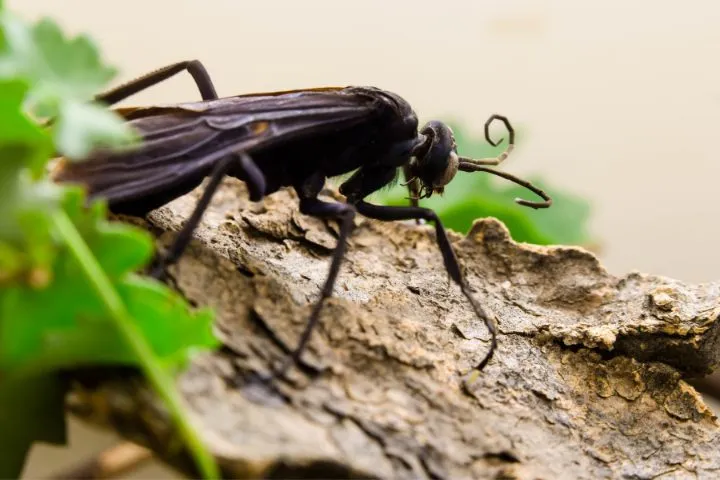Tarantula Hawks: Top 5 Shocking Facts!
The tarantula hawk, a large and intimidating wasp, is a fascinating creature that sparks both fear and curiosity. Known for its painful sting, it’s a subject of much discussion and interest. This article delves into five shocking facts about tarantula hawks, exploring their behavior, habitat, and the infamous sting. Prepare to be amazed by the complexity and drama of this remarkable insect. From their hunting prowess to their crucial role in the ecosystem, tarantula hawks offer a unique glimpse into the world of nature’s most intriguing creatures.
What is a Tarantula Hawk?
Tarantula hawks (Pepsis grossa and Pepsis thisbe) are a genus of spider wasps belonging to the family Pompilidae. These wasps are solitary, meaning they don’t live in colonies like bees or ants. They are renowned for their large size and the incredible pain associated with their sting. Their primary purpose is to hunt tarantulas, which they paralyze and use as a host for their larvae. Their existence is a testament to nature’s intricate balance, where predator and prey engage in a continuous dance of survival. These wasps are a striking example of nature’s often-overlooked marvels.
Appearance and Characteristics
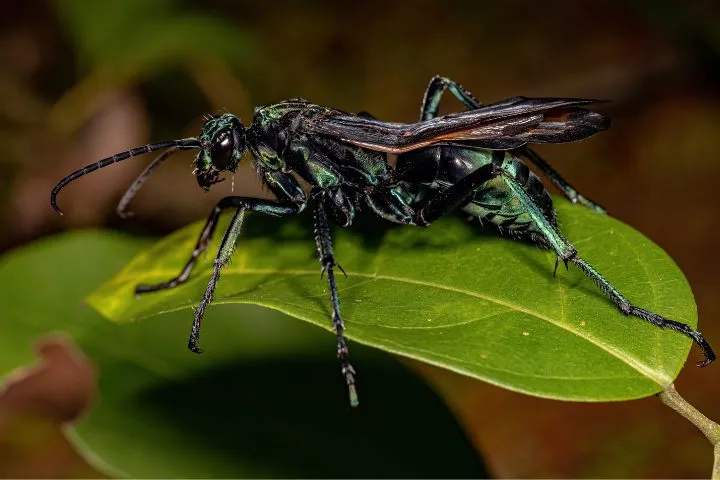
Tarantula hawks are easily recognizable due to their striking appearance. They typically measure between 1 to 2 inches in length, making them among the largest wasps in the world. They have a robust body, and their coloration is usually a deep metallic blue-black or blue, contrasted by bright orange wings. The combination of their size and vibrant colors makes them a visually arresting presence in their environment. These powerful fliers are built for speed and agility, necessary traits for hunting their spider prey and evading threats.
Habitat and Distribution
Tarantula hawks are primarily found in the southwestern United States, including states such as Arizona, New Mexico, and Texas. They are also found in parts of South America and other regions. These wasps prefer arid environments, particularly those with sandy or desert-like conditions, where tarantulas, their main prey, are abundant. Their distribution is closely tied to the presence of tarantula populations and the availability of suitable nesting sites. They are a vital component of the ecological balance of their native habitats.
The Tarantula Hawk’s Sting
The sting of a tarantula hawk is infamous for its extreme pain, often described as one of the most painful insect stings in the world. It’s not just the pain, but also the duration and intensity that make it so remarkable. Their stings are primarily used to paralyze tarantulas, allowing the wasp to drag the spider to its nest and lay an egg on its abdomen. The sting is a complex process that showcases the intricate behavior and adaptations of these remarkable creatures. It is a formidable defense mechanism, but also a tool for survival.
The Pain Scale
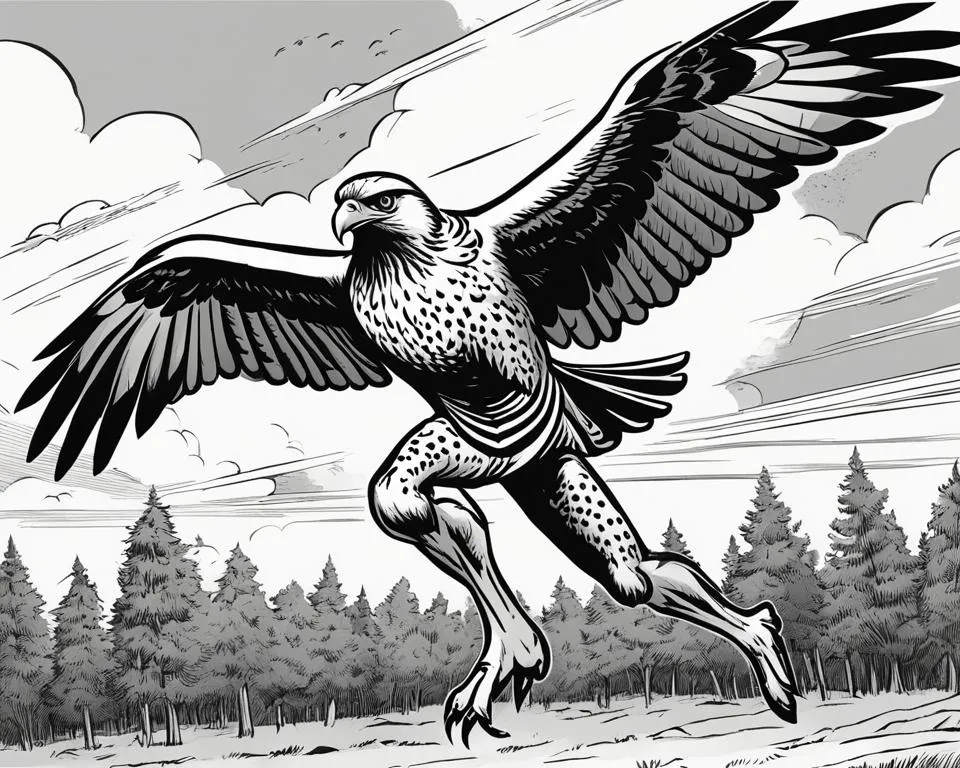
The Schmidt Sting Pain Index, created by entomologist Justin O. Schmidt, ranks insect stings based on their pain level. The tarantula hawk sting scores a 4.0, the highest possible rating. Descriptors of the pain include intense, excruciating, and debilitating. Victims often describe it as a searing, blinding pain that can incapacitate them for several minutes. Despite the severity, the sting is rarely fatal to humans, and the pain subsides within a few hours. This showcases the strength of their venom and the effectiveness of their defensive capabilities.
What Happens After a Sting?
After being stung by a tarantula hawk, the immediate sensation is excruciating pain. The area around the sting may swell, and the individual may experience a burning sensation that radiates outwards. Unlike some stings that cause localized pain, a tarantula hawk sting can be a full-body experience. The pain is often accompanied by a temporary loss of motor function, and victims may be unable to perform simple tasks. The pain typically lasts for several minutes, with the affected area remaining sensitive for a few hours.
Do Tarantula Hawks Attack Humans?
Generally, tarantula hawks are not aggressive towards humans and will only sting if they feel threatened or provoked. They are not inherently out to attack people; their primary concern is hunting tarantulas and reproducing. The wasp’s sting is a defense mechanism, used to protect itself from potential threats. However, if accidentally handled, stepped on, or if their nest is disturbed, they will likely sting in self-defense. Understanding their behavior can help people avoid unnecessary encounters and reduce the risk of being stung.
Aggression and Behavior
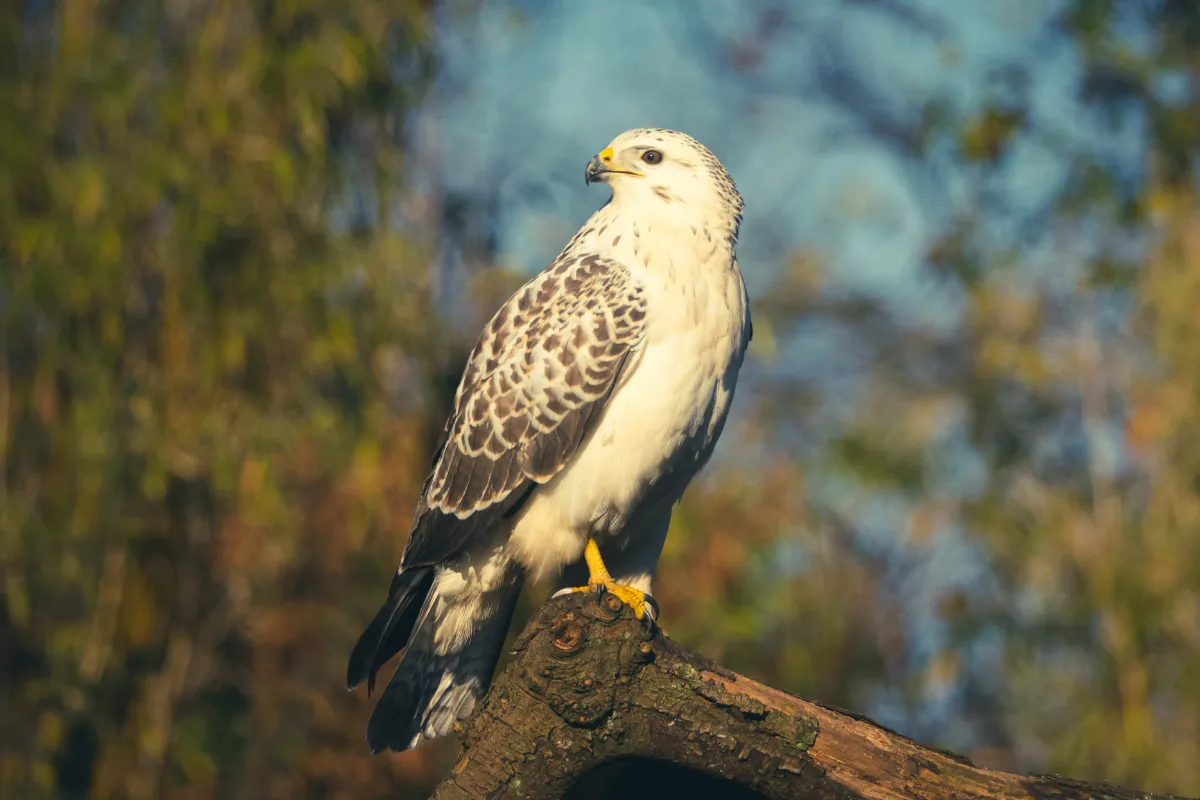
Tarantula hawks are solitary wasps, and their behavior is primarily driven by instinctual needs. Their lives are largely focused on mating, hunting, and nesting. They will engage in aggressive behavior to defend themselves from perceived threats, and their sting is a final resort to avoid injury or death. While their hunting is impressive, they are not naturally aggressive towards humans, and most encounters are accidental. They would rather avoid conflict when possible, which is why they rarely attack unless provoked.
Defensive vs. Aggressive Behavior
Distinguishing between defensive and aggressive behavior is crucial to understanding tarantula hawk interactions. Defensive behavior occurs when the wasp feels threatened and uses its sting to protect itself. Aggressive behavior, which is rare in humans, might involve deliberate attacks. In most instances, a sting is a reaction to a perceived threat. Avoiding actions that could be interpreted as a threat, such as swatting at them or disturbing their nests, is the key to preventing stings. Respecting their space and environment is vital.
Tips to Avoid Tarantula Hawks
The best way to avoid a tarantula hawk sting is to avoid contact with the insect. Here are some tips to minimize the risk of an encounter: awareness of your surroundings is essential, especially in areas where tarantula hawks are known to be present. Wear light-colored clothing, as dark colors may attract them. Avoid disturbing their nests or approaching them too closely. If you see a tarantula hawk, give it space. If you are in an area with a high concentration of these wasps, consider wearing long sleeves and pants.
Understanding Their Environment
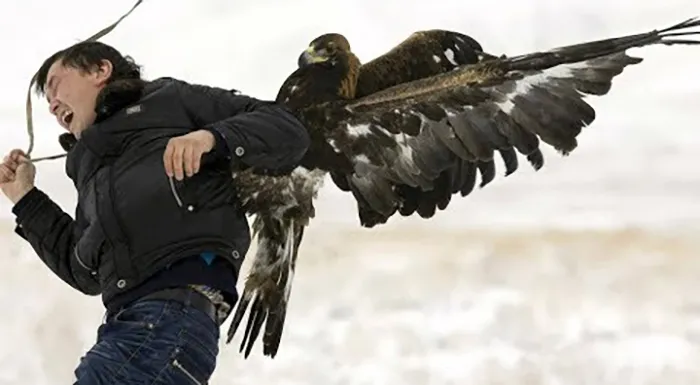
Familiarizing yourself with the habitat of tarantula hawks can help you avoid them. They are commonly found in arid and semi-arid regions, where tarantulas are abundant. Be cautious in areas with sandy soil and sparse vegetation. Pay attention to their nesting habits, as they often build nests in the ground or in pre-existing cavities. When hiking or working outdoors in their habitats, be especially vigilant and observe any potential activity of these wasps, and plan your activities accordingly.
What to Do if Stung
If you are stung by a tarantula hawk, it is important to remain calm. The pain will be intense, but typically subsides within a few hours. Here are some steps to follow: move away from the area to avoid further stings. Apply ice packs to the sting site to help reduce pain and swelling. Seek medical attention if you experience severe allergic reactions, such as difficulty breathing or swelling of the face or throat. While the pain is excruciating, the sting is generally not life-threatening, and proper first aid can help manage the symptoms.
First Aid for Tarantula Hawk Stings
The primary focus of first aid is pain management and alleviating the symptoms. Apply ice packs immediately to the sting site to reduce pain and swelling. Clean the area gently with soap and water to prevent infection. Over-the-counter pain relievers, such as ibuprofen or acetaminophen, can help manage the pain. Elevating the affected limb can also help reduce swelling. Monitor for signs of allergic reactions, and seek medical attention if they occur. Remember that medical care is rarely required, but it is essential to monitor the situation.
The Tarantula Hawk Life Cycle
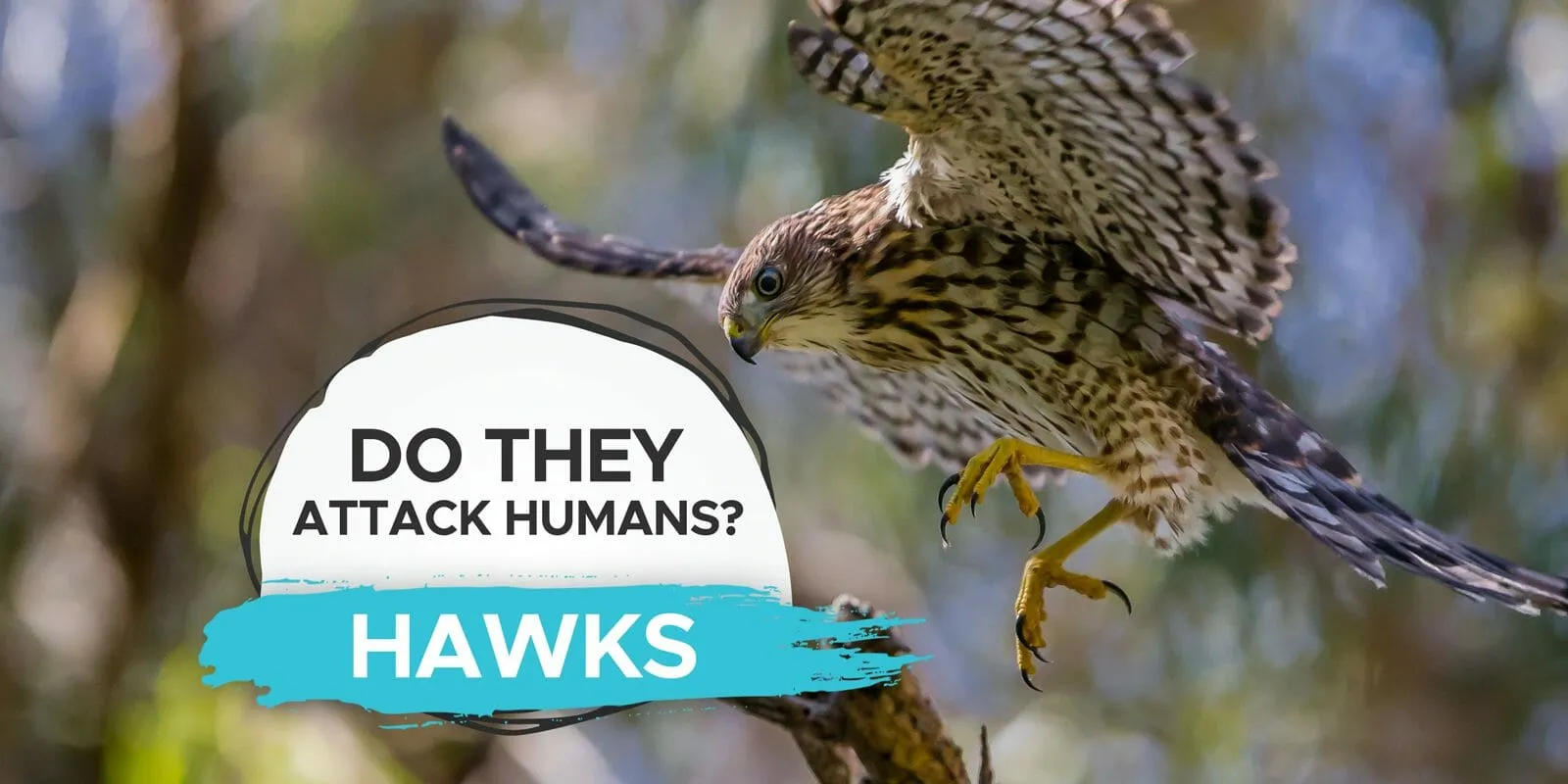
The life cycle of a tarantula hawk is as intriguing as it is brutal. The female wasp begins by hunting a tarantula, paralyzing it with her sting. She then drags the spider to a burrow or a nest site. She lays a single egg on the spider’s abdomen, and the spider is left to serve as a food source for the developing larva. The larva hatches and consumes the still-living spider, growing until it pupates and eventually transforms into an adult wasp. The entire process highlights the intricate interplay between predator and prey.
Hunting and Reproduction
The hunting behavior of tarantula hawks is a fascinating example of adaptation. Female wasps are skilled hunters, using their size and strength to subdue tarantulas. After paralyzing the spider, the wasp transports it to a nest. The wasp’s egg hatches, and the larva feeds on the spider, growing through various stages. Once the larva is fully developed, it pupates within the spider’s body. The adult wasp emerges from the pupa, completing the cycle and ready to repeat the process. This is a crucial part of the ecosystem.
The Role of Tarantula Hawks in the Ecosystem
Tarantula hawks play a vital role in maintaining ecological balance. As predators, they control tarantula populations, thus regulating the populations of other species that the spiders might prey on. They are part of the food web, providing a food source for other predators, and their presence influences the behavior and distribution of other species. Their presence also contributes to the overall biodiversity of their habitats. Understanding their place in the ecosystem highlights the importance of conservation and preserving these fascinating creatures and their habitats.
